During the period 1990-2023, the size of the economy increased more than 58 times, with an average growth rate of 6.6%/year, higher than most countries in the ASEAN region. The economic structure shifted strongly towards modernization, with the proportion of agriculture in GDP decreasing from 38.7% to 11.9%, while industry and services increased to nearly 80%. Vietnam maintained a trade surplus for more than a decade in a row, with the trade-to-GDP ratio reaching 184% in 2022, reflecting the high openness and deep integration capacity of the economy.
In particular, the processing and manufacturing industry has become a key driver of growth. The proportion of industrial value added in GDP increased from 12.3% in 1990 to 23.9% in 2023, the fastest growth rate in the ASEAN region. The proportion of processed and manufactured industrial goods in total exports reached 85.8% in 2022, surpassing many large economies in the region such as Malaysia, Thailand or Indonesia. These figures affirm Vietnam's strong progress in the process of industrialization and modernization of the country.
However, behind the impressive growth indicators, the economy still faces many challenges. The majority of industrial export value still belongs to the foreign-invested enterprise sector, while domestic enterprises are mainly responsible for processing and assembly. The domestic value-added content is still low, and the technological and innovation capacity of Vietnamese enterprises is not commensurate with the potential. This is a sign that domestic production is still heavily dependent on foreign capital and technology, while the capacity for self-reliance in science and technology is still limited.
According to the United Nations Industrial Development Organization (UNIDO) Industrial Competitiveness Index (CIP), Vietnam jumped 38 places in the 2006–2022 period, from 69th to 31st, surpassing Indonesia and the Philippines to rank fourth in ASEAN.
However, in terms of depth, creativity and technological mastery are still significantly behind those of leading countries such as Korea, Singapore or Malaysia. The investment intensity for research and development (R&D) is still low, the innovation ecosystem is not really synchronized, while the connection between businesses and research institutes and universities is still loose.
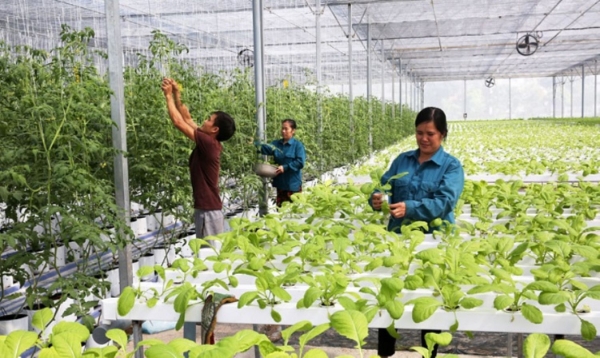
By 2030, the crop sector will reduce total greenhouse gas emissions by at least 15%.
International experience shows that the growth momentum of a country does not only come from capital or labor, but mainly from endogenous productivity and national technological capacity. South Korea, Taiwan (China) or Israel are all typical examples of using science and technology as a foundation to break through, moving from a developing country to a developed industrial country in a short time.
For Vietnam, if it wants to overcome the "middle-income trap" and become a high-income country by 2045, there is no other way than to promote the development of science, technology and innovation, closely linked with digital transformation, green economy and knowledge economy.
In addition, Vietnam’s industrialization process is also facing increasing environmental and climate change pressures. The CO₂ emission intensity per unit of value added in the manufacturing industry has tended to increase again after 2017, showing that production is still heavily dependent on fossil fuels. In the context of Vietnam’s commitment to achieving net zero emissions by 2050, the requirements for green growth, energy transition and circular economy are becoming increasingly urgent.
To achieve the target of high growth coupled with emission reduction, there needs to be synchronous policies that combine science and technology development, digital transformation, human resource development and institutional innovation.
First of all, it is necessary to improve the national innovation capacity, increase investment in research and development, and bring the ratio of spending on science and technology to a level equivalent to that of advanced countries in the region. The State needs to play a role in creating a favorable environment for enterprises to become the center of the innovation ecosystem, promoting close links between the research sector, universities and manufacturing enterprises.
Along with that, developing high-quality human resources is a decisive factor. Vietnam needs to fundamentally reform higher education and vocational training in line with the needs of the digital economy, prioritizing new technology fields such as artificial intelligence, renewable energy, advanced materials, biotechnology, and big data. Policies to attract and utilize talents need to be implemented more substantially, creating conditions for Vietnamese experts and scientists abroad to return to contribute, while expanding international cooperation in training, research, and technology transfer.
Completing digital infrastructure and institutions for innovation is also an urgent requirement. It is necessary to focus on investing in developing national data infrastructure, cloud computing, ensuring information security, and creating a foundation for comprehensive digital transformation.
The legal framework related to intellectual property, data governance and cybersecurity needs to continue to be improved, while promoting policy testing mechanisms for new technologies, especially in areas such as digital finance, healthcare, energy and smart cities.
At the same time, green transformation must be considered a long-term development orientation. Vietnam needs to build a green industrial development strategy, encourage businesses to apply circular economic models, use energy efficiently and comply with environmental, social and corporate governance (ESG) standards. The combination of green industrialization and innovation will help Vietnam both improve its competitiveness and minimize negative impacts on the environment, towards the goal of sustainable development.
In the context of the world entering the era of digital transformation and energy transformation, Vietnam is facing a great opportunity to make a breakthrough. If it makes good use of the new wave of technology, promotes research, development and mastery of strategic technologies, Vietnam can completely become a country with independent, self-reliant and highly competitive technological capacity in the global value chain.
The period 2025–2030 will be a pivotal time to realize the aspiration of becoming a modern industrialized country. To do that, Vietnam needs to shift its focus from capital- and labor-based growth to growth based on knowledge, science, technology and innovation. Only then can we achieve the dual goal of rapid, sustainable growth while reducing emissions, protecting the environment and improving the quality of life of the people.
Developing science and technology is not only an economic requirement, but also a mission of the times. It is the path for Vietnam to affirm its position, proactively integrate, and contribute to global efforts for a green, prosperous and sustainable future.
Source: https://mst.gov.vn/thuc-day-khcn-de-dat-muc-tieu-tang-truong-cao-va-giam-phat-thai-197251026142843454.htm


![[Photo] General Secretary To Lam received the delegation attending the international conference on Vietnam studies](https://vphoto.vietnam.vn/thumb/1200x675/vietnam/resource/IMAGE/2025/10/26/1761456527874_a1-bnd-5260-7947-jpg.webp)

![[Photo] Nhan Dan Newspaper displays and solicits comments on the Draft Documents of the 14th National Party Congress](https://vphoto.vietnam.vn/thumb/1200x675/vietnam/resource/IMAGE/2025/10/26/1761470328996_ndo_br_bao-long-171-8916-jpg.webp)

![[Photo] Enjoy the Liuyang Fireworks Festival in Hunan, China](https://vphoto.vietnam.vn/thumb/1200x675/vietnam/resource/IMAGE/2025/10/26/1761463428882_ndo_br_02-1-my-1-jpg.webp)



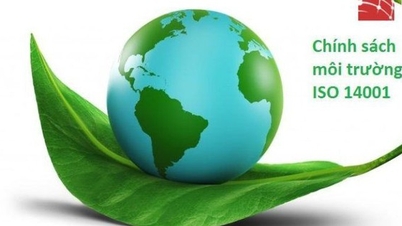
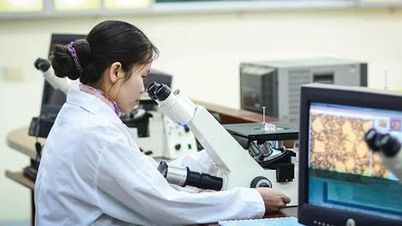
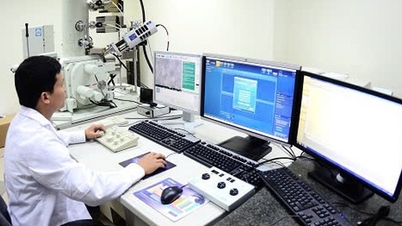







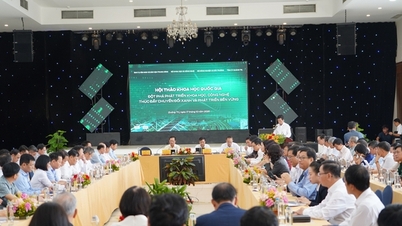

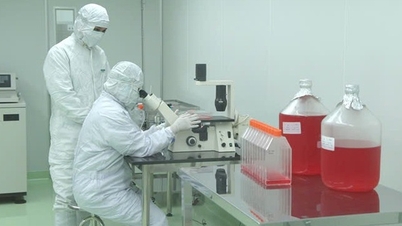
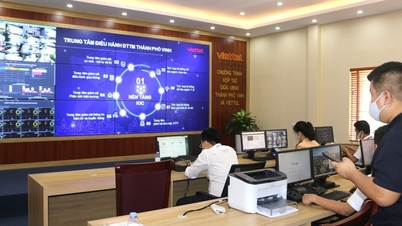


![[Photo] Prime Minister Pham Minh Chinh attends the opening of the 47th ASEAN Summit](https://vphoto.vietnam.vn/thumb/1200x675/vietnam/resource/IMAGE/2025/10/26/1761452925332_c2a-jpg.webp)










































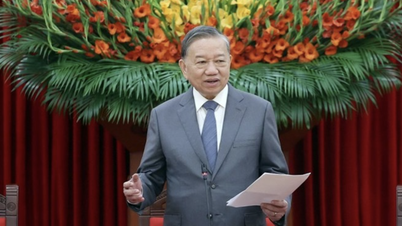



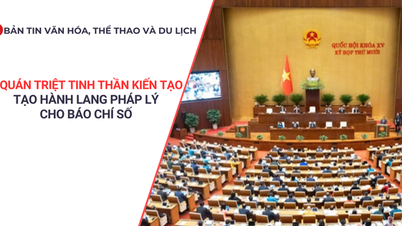





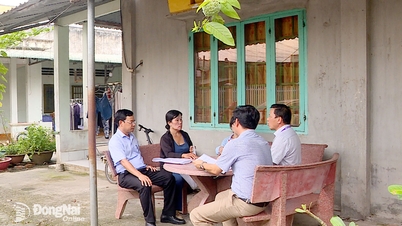
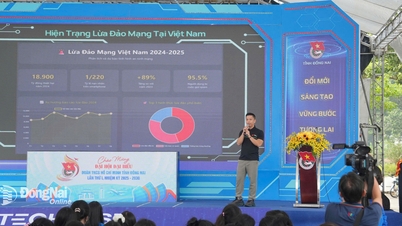

















Comment (0)